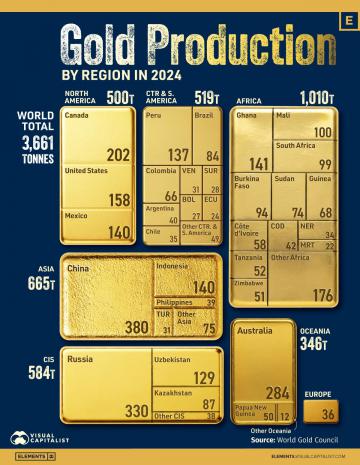
Breaking News
 Conservatives Are Being Targeted – Louder with Crowder CEO Warns / Redacted
Conservatives Are Being Targeted – Louder with Crowder CEO Warns / Redacted
 "Liz Reitzig: Raw Milk Revolution"
"Liz Reitzig: Raw Milk Revolution"
 Court Clears Trump to Defund Planned Parenthood
Court Clears Trump to Defund Planned Parenthood
 PepsiCo, Mars, ADM team up for regenerative agriculture project in Poland
PepsiCo, Mars, ADM team up for regenerative agriculture project in Poland
Top Tech News
 Tesla Megapack Keynote LIVE - TESLA is Making Transformers !!
Tesla Megapack Keynote LIVE - TESLA is Making Transformers !!
 Methylene chloride (CH2Cl?) and acetone (C?H?O) create a powerful paint remover...
Methylene chloride (CH2Cl?) and acetone (C?H?O) create a powerful paint remover...
 Engineer Builds His Own X-Ray After Hospital Charges Him $69K
Engineer Builds His Own X-Ray After Hospital Charges Him $69K
 Researchers create 2D nanomaterials with up to nine metals for extreme conditions
Researchers create 2D nanomaterials with up to nine metals for extreme conditions
 The Evolution of Electric Motors: From Bulky to Lightweight, Efficient Powerhouses
The Evolution of Electric Motors: From Bulky to Lightweight, Efficient Powerhouses
 3D-Printing 'Glue Gun' Can Repair Bone Fractures During Surgery Filling-in the Gaps Around..
3D-Printing 'Glue Gun' Can Repair Bone Fractures During Surgery Filling-in the Gaps Around..
 Kevlar-like EV battery material dissolves after use to recycle itself
Kevlar-like EV battery material dissolves after use to recycle itself
 Laser connects plane and satellite in breakthrough air-to-space link
Laser connects plane and satellite in breakthrough air-to-space link
 Lucid Motors' World-Leading Electric Powertrain Breakdown with Emad Dlala and Eric Bach
Lucid Motors' World-Leading Electric Powertrain Breakdown with Emad Dlala and Eric Bach
 Murder, UFOs & Antigravity Tech -- What's Really Happening at Huntsville, Alabama's Space Po
Murder, UFOs & Antigravity Tech -- What's Really Happening at Huntsville, Alabama's Space Po
Visualizing Global Gold Production By Region

During 2025, the yellow metal set multiple price records, driven by a soft dollar, strong central bank buying and heightened global uncertainty.
This visualization, via Visual Capitalist's Niccolo Conte, breaks down global gold production by region in 2024, spotlighting the top-producing countries and their contributions to the region supply landscape.
Africa Leads Global Output
Africa is the world's top gold-producing region, generating 1,010 tonnes in 2023. Ghana leads the continent with 141 tonnes, followed by Mali (100 tonnes) and South Africa (99 tonnes).
This dominance reflects the continent's vast mineral resources, though political and operational challenges continue to affect output in some areas.
China, Russia, and Australia Dominate Nationally
China remains the top national producer with 380 tonnes, followed by Russia at 330 tonnes. These two countries alone account for almost 20% of global output.
Australia follows with 284 tonnes, making it the leading Western gold producer and a cornerstone of Oceania's 346-tonne total.
The Americas Remain Strong Contributors
North America produced 500 tonnes in 2023, driven by Canada (202 tonnes), the United States (158 tonnes), and Mexico (140 tonnes).
Central and South America added 519 tonnes, led by Peru (137 tonnes), Brazil (84 tonnes), and Colombia (66 tonnes). Combined, the Americas contribute more than one-fifth of global supply.




